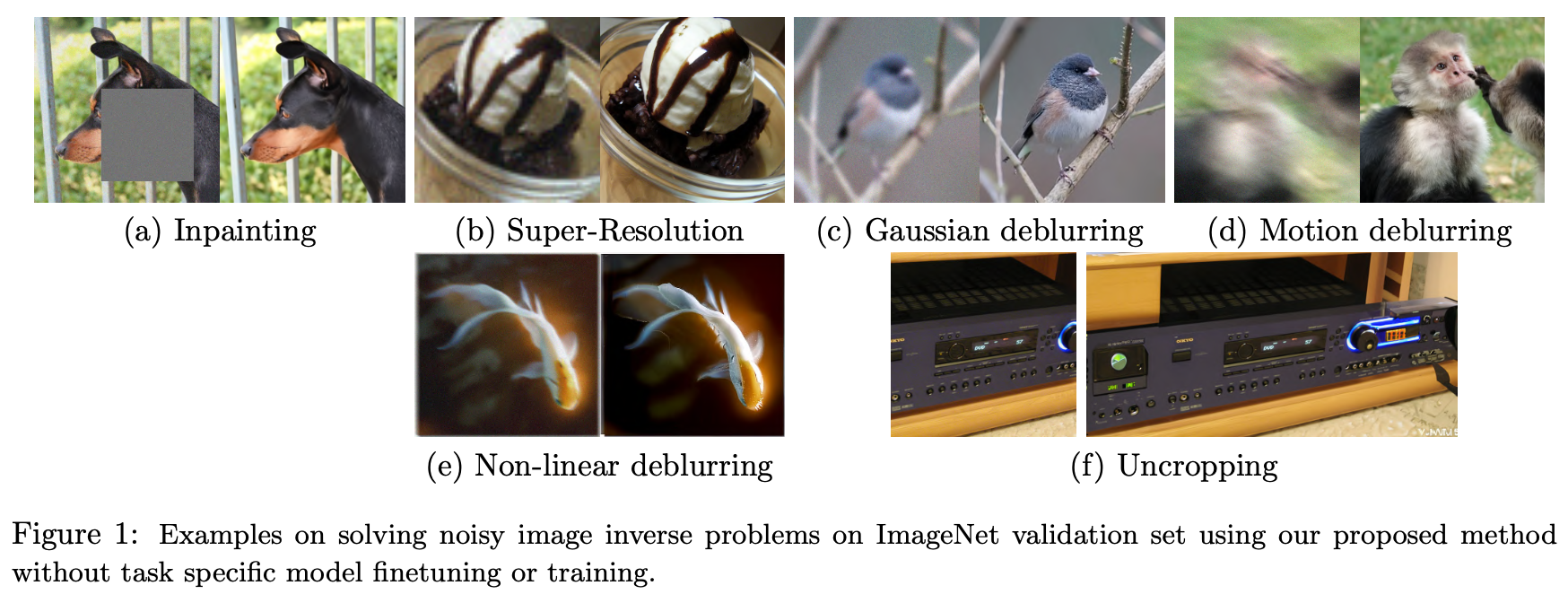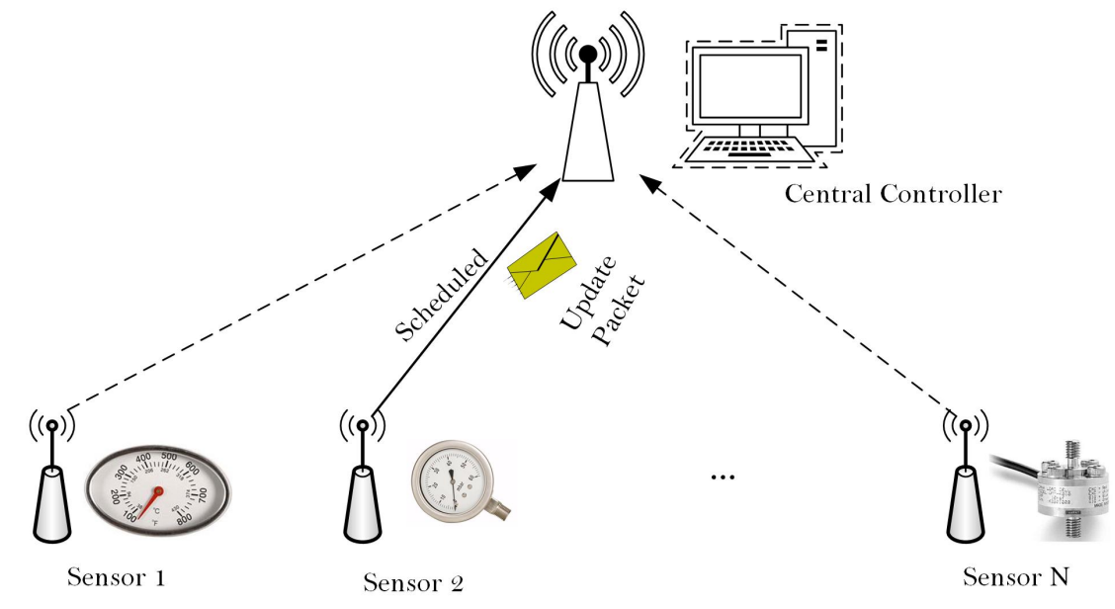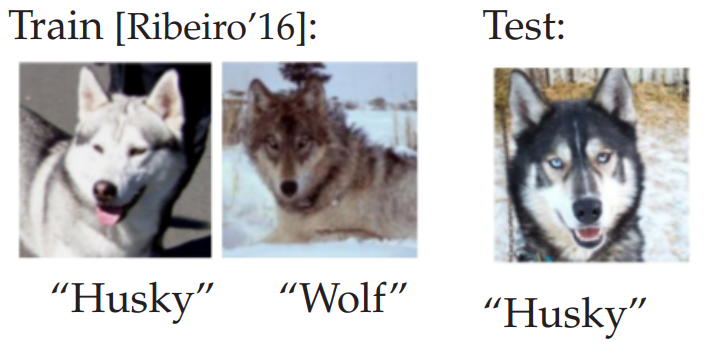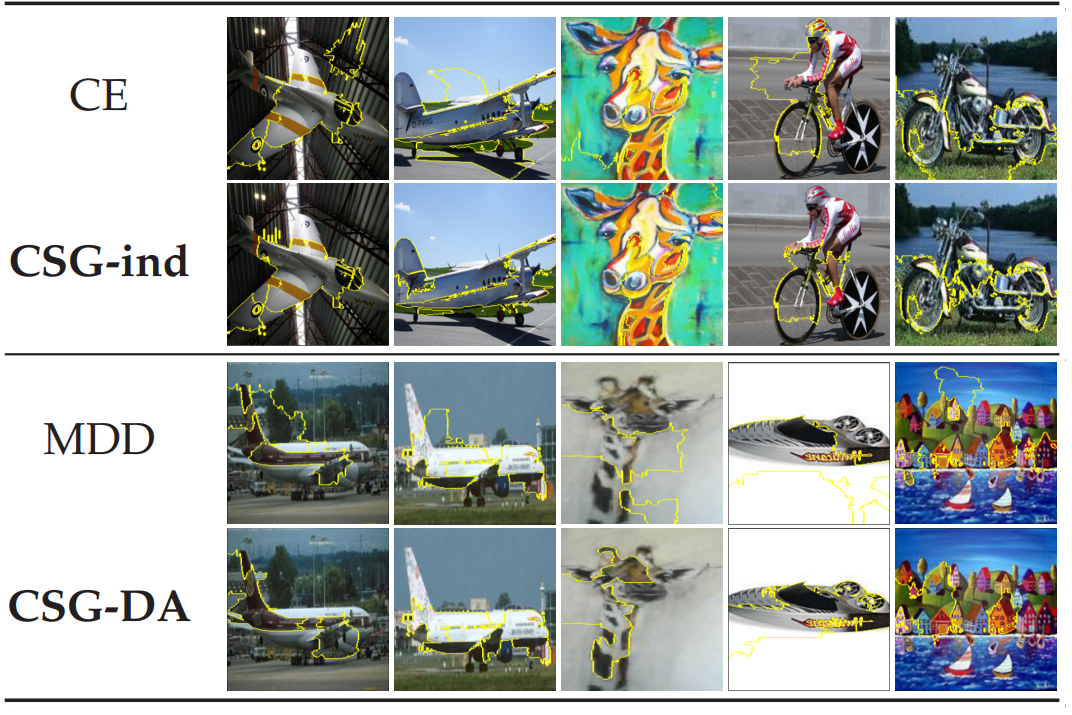Haoyue Tang
Research Interests
My research aims at exploring the fundamental limits, design efficient algorithms and prototyping for decision making in stochastic networks and stochastic systems. Recently I am interested in:
Data Driven Network Resource Allocation
Semantic and Task Oriented Networking
Sensing Data Retrieval
Network Anomaly Detection
Below are my past research projects:
Online Timely Data Sensing
 |
How to optimally manage the freshness of information updates (have a good estimation about \(X_t\) at the destination) sent from a source node to a destination via a channel when the channel statistics is unknown? By using the Age of Information (AoI) as a freshness metric, we first present a stochastic approximation algorithm that can learn the optimum sampling policy almost surely, and prove that the cumulative regret of the proposed algorithm is minimax order optimum. By incorportating more information on the time-varying process and design content agnostic data collection policies, our algorithm can lower the estimation error of \(X_t\). This project is supported by NSF-AI Institute Athena. Slides, Poster
Highlights
Theoretic Contributions:
New convergence results for stochastic optimization in an open set.
New converse results for online learning algorithms based on non-parametric statistics.
Publications
H. Tang, Y. Sun, and L. Tassiulas, “Sampling of the wiener process for remote estimation over a channel with unknown delay statistics,” accepted IEEE Transactions on Networking.
H. Tang, Y. Chen, J.Wang, P. Yang and L. Tassiulas, “Age Optimal Sampling Under Unknown Delay Statistics,” IEEE Transactions on Information Theory, accepted
H. Tang, Y. Sun, and L. Tassiulas, “Sampling of the wiener process for remote estimation over a channel with unknown delay statistics,” in Proceedings of the Twenty-Third International Symposium on Theory, Algorithmic Foundations, and Protocol Design for Mobile Networks and Mobile Computing (Mobihoc 2022), New York, NY, USA: Association for Computing Machinery, 2022, pp. 51–60 (acceptance rate 15%)
H. Tang, Y. Chen, J. Sun, J. Wang and J. Song, “Sending Timely Status Updates through Channel with Random Delay via Online Learning,” IEEE INFOCOM 2022 - IEEE Conference on Computer Communications, London, United Kingdom, 2022, pp. 1819-1827. (acceptance rate 19.9%, Student Travel Grant Winner)
Image Inversion using Diffusion Models
 |
We notice that the sensed timely data may be blurred and has low resolutioin. Retrieving the original image can be viewed as image inverse problems, i.e., generating a high fidelity image that matches the given input (the low-resolution image or the masked image). By using the input image as guidance, we can leverage a pretrained diffusion generative model to solve a wide range of image inverse tasks without task specific model fine-tuning. To precisely estimate the guidance score function of the input image, we propose Diffusion Policy Gradient (DPG), a tractable computation method by viewing the intermediate noisy images as policies and the target image as the states selected by the policy. Experiments show that our method is robust to both Gaussian and Poisson noise degradation on multiple linear and non-linear inverse tasks, resulting in a lower FID and LPIPS score on FFHQ, ImageNet and LSUN dataset.
H. Tang, T. Xie, A. Feng, H. Wang, C. Zhang and Y. Bai, Solving Inverse Problems via Posterior Sampling: A Policy Gradient Viewpoint’’, accepted 2023 NeurIPS workshop on Deep Learning for Differential Equaitons (DLDE). Poster
Cross-Layer Scheduling for Data Freshness Optimization
 |
Previous work reveal that, to keep data fresh, it is important to guarantee: (i) low latency; (ii) high data rate; and (iii) service regularity. Considering sensors in wireless networks have energy constraints and the wireless channels are time-varying, how to opportunistically generate, transmit and deliver data so that the the multi-objective optimization problem can be settled? Based on dynamic programming, bandits and large deviation analysis, I propose a joint data sampling, power control and scheduling algorithm that is optimum in large scale networks. |
Highlights
The first optimal multi-user scheduling algorithm in AoI literatures: we show that for a network with \(N\) users and \(M\) bandwidth, by fixing \(N/M\) as a constant, the average AoI optimality gap between the proposed algorithm and the lower bound is \(\mathcal{O}(1/\sqrt{N})\), indicating that the proposed algorithm is optimal in large-scale networks. ITW2020 presentations Allerton 2019 presentations
Publications
H. Tang, P. Ciblat, J. Wang, M. Wigger and R. Yates, “Cache Updating Strategy Minimizing the Age of Information with Time-Varying Files’ Popularities,” 2020 IEEE Information TheoryWorkshop (ITW), 2021, pp. 1-5.
H. Tang, J. Wang, L. Song and J. Song, “Scheduling to Minimize Age of Information in Multi-State Time-Varying Networks with Power Constraints,” 2019 57th Annual Allerton Conference on Communication, Control, and Computing (Allerton), Monticello, IL, USA, 2019, pp. 1198-1205.
H. Tang, J. Wang, Z. Tang and J. Song, “Scheduling to Minimize Age of Synchronization in Wireless Broadcast Networks with Random Updates,” 2019 IEEE International Symposium on Information Theory (ISIT), Paris, France, 2019, pp. 1027-1031.
H. Tang, J. Wang, L. Song and J. Song, “Minimizing Age of Information With Power Constraints: Multi-User Opportunistic Scheduling in Multi-State Time-Varying Channels,” in IEEE Journal on Selected Areas in Communications, vol. 38, no. 5, pp. 854-868, May 2020.
H. Tang, J. Wang, Z. Tang and J. Song, “Scheduling to Minimize Age of Synchronization in Wireless Broadcast Networks With Random Updates,” in IEEE Transactions on Wireless Communications, vol. 19, no. 6, pp. 4023-4037, June 2020.
Signal Processing for mmWave Channel Estimation
By exploiting spatial sparse structure in mmWave channels, we propose an angle domain off-grid channel estimation algorithm for the uplink millimeter wave (mmWave) massive multiple-input and multiple-output (MIMO) systems. The proposed method is capable of identifying the angles and gains of the scatterer paths. Comparing the conventional channel estimation methods for mmWave systems, the proposed method achieves better performance in terms of mean square error. Numerical simulation results are provided to verify the superiority of the proposed algorithm.
Publications
H. Tang, J. Wang and L. He, “Off-Grid Sparse Bayesian Learning-Based Channel Estimation for MmWave Massive MIMO Uplink,” in IEEE Wireless Communications Letters, vol. 8, no. 1, pp. 45-48, Feb. 2019.
Domain Adaptation and Out-of-Distribution Generation using Causal Inference
 |
Conventional supervised learning methods, especially deep ones, are found to be sensitive to out-of-distribution (OOD) examples, largely because the learned representation mixes the semantic factor with the variation factor due to their domain-specific correlation, while only the semantic factor causes the output. To address the problem, we propose a Causal Semantic Generative model (CSG) based on a causal reasoning so that the two factors are modeled separately, and developed a variational Bayesian method for training CSG, a method for OOD prediction from a single training domain. This work is done during my internship at Microsoft Research. Poster |
 |
|
C. Liu, X. Sun, J.Wang, H. Tang, T. Li, T. Qin, W. Chen, and T. Liu, “Learning Causal Semantic Representation for Out-of-Distribution Prediction,” Advances in Neural Information Processing Systems 34 (NeurIPS 2021): 6155-6170.
My publications and presentations contains more information about my past and present research.